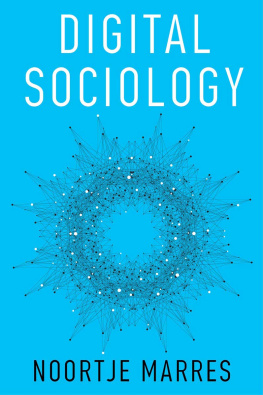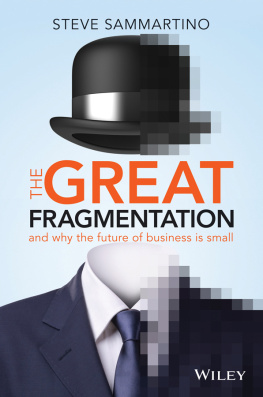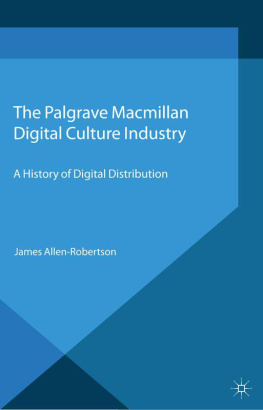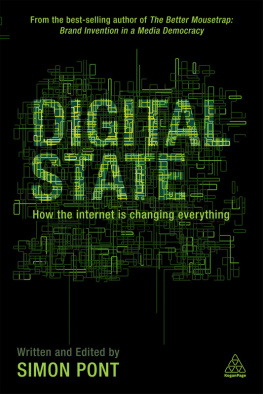Contents

Future Histories
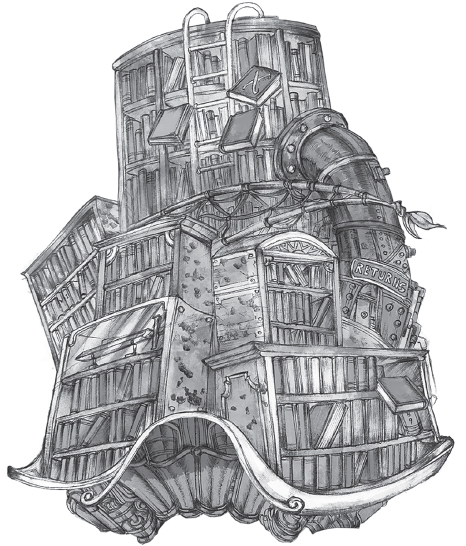

To augment this reality, download the Moving Marvels app. Moving Marvels 2019
Future Histories
What Ada Lovelace, Tom Paine,
and the Paris Commune Can Teach
Us about Digital Technology
Lizzie OShea

For Janet Elizabeth OShea
First published by Verso 2019
Lizzie OShea 2019
All rights reserved
The moral rights of the author have been asserted
1 3 5 7 9 10 8 6 4 2
Verso
UK: 6 Meard Street, London W1F 0EG
US: 20 Jay Street, Suite 1010, Brooklyn, NY 11201
versobooks.com
Verso is the imprint of New Left Books
ISBN-13: 978-1-78873-430-1
ISBN-13: 978-1-78873-432-5 (UK EBK)
ISBN-13: 978-1-78873-433-2 (US EBK)
British Library Cataloguing in Publication Data
A catalogue record for this book is available from the British Library
Library of Congress Cataloging-in-Publication Data
Names: OShea, Lizzie, author.
Title: Future histories : what Ada Lovelace, Tom Paine, and the Paris Commune can teach us about digital technology / by Lizzie OShea.
Description: London ; Broklyn, NY : Verso, 2019. | Includes bibliographical references and index.
Identifiers: LCCN 2018060356| ISBN 9781788734301 (hardback) | ISBN 9781788734325 (UK EBK) | ISBN 9781788734332 (US EBK)
Subjects: LCSH: Computer sciencePhilosophy. | AutomationSocial aspects. | Digital communicationsPolitical aspects. | TechnologyHistory.
Classification: LCC QA76.167 .O84 2019 | DDC 004dc23
LC record available at https://lccn.loc.gov/2018060356
Typeset in Fournier by MJ & N Gavan, Truro, Cornwall
Printed and bound by CPI Group (UK) Ltd, Croydon CR0 4YY
Contents
Acknowledgment of Country
I wish to acknowledge the traditional owners of the land on which this book was written. I pay my respects to the elders of this country and to the custodians of the land today. I offer them solidarity. In Australia and in the United States, that land was stolen, and sovereignty was never ceded. I am grateful for the opportunity to live on this country. It always was and always will be Aboriginal land.
We Need a Usable Past for
a Democratic Future
A Spanish Princes Automaton and an
American Novelists Living History
Don Carlos was seventeen years old in April 1562 when he fell down the stairs and hit his head. He was the heir to the Spanish throne, studying at the university town in Alcal de Henares. Depending on who you ask, he was either something of a lush lothario or an inbred oddball (his parents were half-siblings). One observer noted his violent nature, his intemperate speech and his gluttony. But the reports also indicate that he was well liked by the Spanish people, as a teenager at least. His whole life reads like the plot of a modern gothic fantasy television series: allegations of treachery, leading to solitary confinement at the hands of his father, an episode of bingeing and purging, and ultimately death, possibly by poisoning. His life was later the subject of Giuseppe Verdis great opera Don Carlos.
But all that drama was yet to come, when, while still a young man, engaged possibly on an illicit errand, as one scholar politely puts it, he tumbled down a disused flight of stairs and knocked himself out on a closed door.
In these early years of Don Carloss life, relations with the paterfamilias were still good, and the king was devastated by his eldest sons misfortune. He was bedridden by his head injury. Numerous doctors flocked to his bedside, and Don Carlos was subjected to a variety of barbaric surgical procedures, including a misguided attempt to drill a hole in his skull. He eventually fell into a coma and was expected to die.
The local people were very upset by their princes malady. In an effort to help, they brought Don Carlos the century-old relics of a former member of the local Franciscan order of friars. Since they wanted this friar to be canonized, his body was presented to the prince in hopes of a miracle. The desiccated corpse was brought to the princes bedside, where, unable to open his eyes, he reached out to touch it, then drew his hands across his feverish face.
Suddenly Don Carlos made a remarkable recovery. By the following month, he was back to his usual self. His doctors were stunned. Reflecting on the brutality of his later life, it is unclear if his survival was a blessing or a curse. In any event, the desiccated friar was made a saint.
The princes own explanation for his recovery was that the figure of a man, dressed in a Franciscan habit and carrying a small wooden cross, came to his sickroom and assured him that he would recover. This, scholars suggest, was the inspiration for what must be one of the worlds most fascinating objects: an early automaton of a friar.
Today the automaton is held in the Smithsonian. In a history that reads more like a detective story than an academic article, this minor miracle of engineering is described by professor Elizabeth King in the following terms:
made of wood and iron, 15 inches in height. Driven by a key-wound spring, the monk walks in a square, striking his chest with his right arm, raising and lowering a small wooden cross and rosary in his left hand, turning and nodding his head, rolling his eyes, and mouthing silent obsequies. From time to time, he brings the cross to his lips and kisses it. After over 400 years, he remains in good working order.
The workings of the friar are concealed beneath his cloak, fashioned from wood, but the inner levers and cogs are beautifully made, though they were designed to be seen by no one but the maker. This shell gives the figure an air of ghostly mystery, inspiring fear and reverence in all who witness him move about without visible assistance, as if by magic.
No one really knows where the friar came from. Kings thesis is that the creator was Juanelo Turriano, an engineer who worked for King Philip. A prodigy from humble origins, he became a distinguished maker of astronomical clocks and other similar instruments, and even designed a system of waterworks for the city of Toledo. After his sons impressive recovery, Turriano could well have been commissioned to build the contraption by King Philip in honor of the Franciscan friar, who was deemed responsible for this miracle.
King ascribes the creation of the automaton friar to what she terms an ambitious impulse, the ancient and abiding human desire to understand by imitation. She argues that it recalls Descartess thinking about the connection between body and mindquestioning whether we are driven from without or within. The automaton forms an important chapter in the histories of philosophy and physiology, writes King, and, now, the modern histories of computer science and artificial intelligence.
Objects like clocks and automatons are in many ways the predecessors to modern digital technology. You needed to be both an engineer and an artist to build these kinds of machinestechnology was often entertaining, inspiring, frightening and useful, all at the same time. In this sense, the path to the modern networked computer was paved with excruciating care and dedication, as well as a little whimsy. It was a journey populated by experimentation with both functional and decorative objects, and those who work with equivalent kinds of advanced technology carry on this tradition today.





